Retailers Will Be Using These 17 Dirty Tricks to Drain Your Wallet This Black Friday
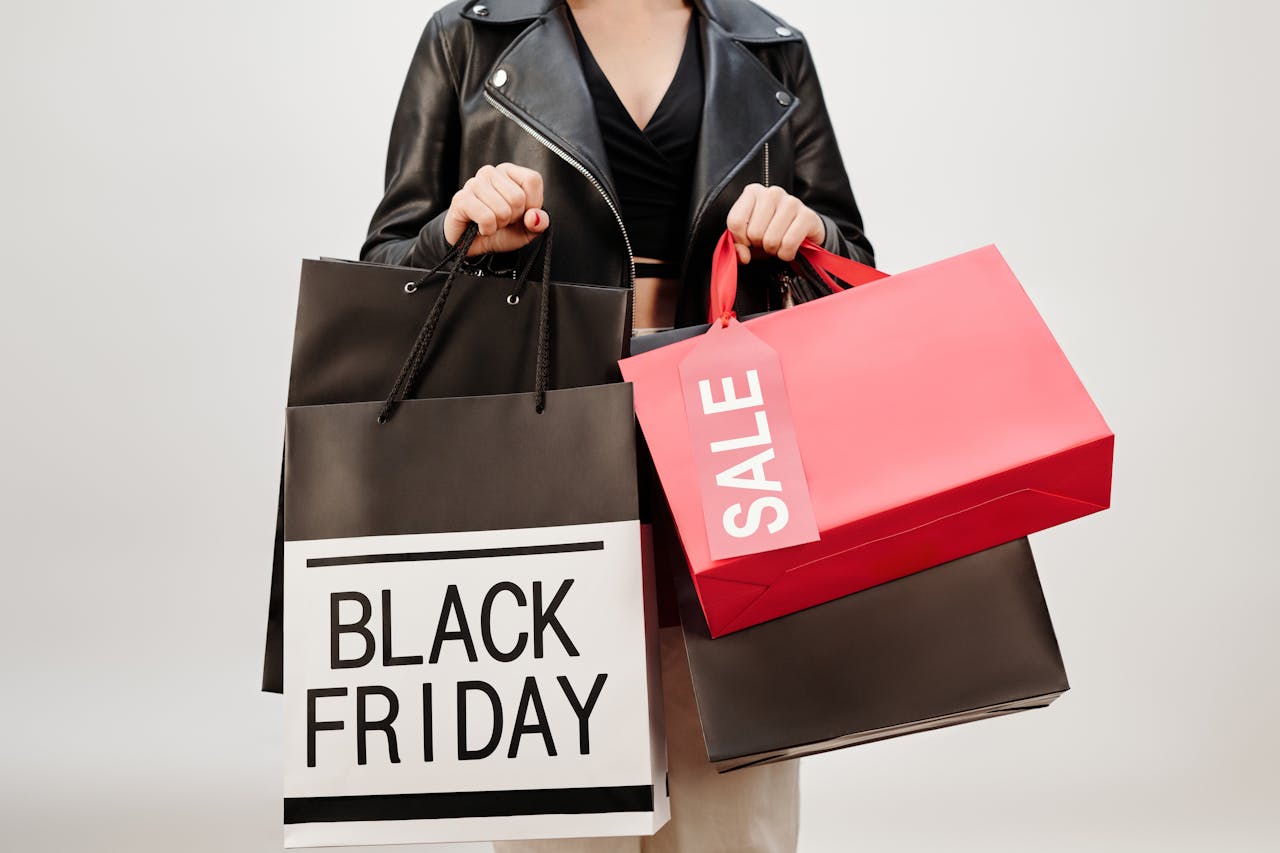
Black Friday is known for its jaw-dropping deals, attracting millions of shoppers eager to score big discounts. But not every sale is as amazing as it seems. Retailers often use sneaky tactics to create the illusion of incredible bargains, while some deals are not even worth the hype. To help you navigate the shopping frenzy, here are 17 Black Friday schemes to watch out for.
1. Selling Soon-to-Be Discontinued Products

One of the most common tactics is unloading products that are about to be discontinued. Retailers use Black Friday as an opportunity to clear out old inventory that will soon be replaced by newer models. While the price might seem unbeatable, the product is likely outdated, and support or spare parts may be hard to come by in the near future. Be wary of deals on electronics, appliances, and tech gadgets that might be nearing the end of their shelf life.
2. Discounting Products with Known Flaws
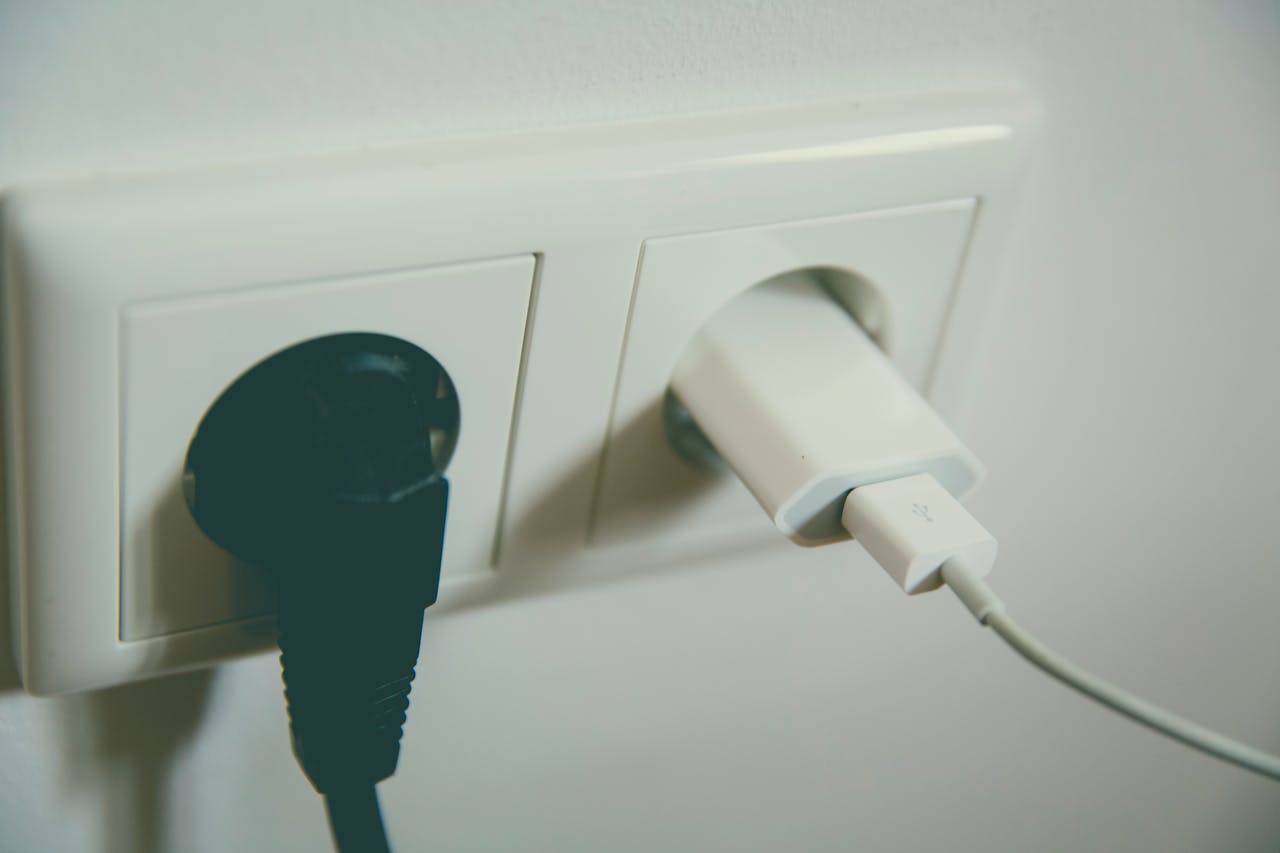
Another sneaky practice is offering big discounts on products that have known defects or issues. These could be items with high return rates or poor reviews that retailers are trying to get rid of. The markdowns might look tempting, but the reason for the low price could be that the product simply doesn’t work well. Always check online reviews and ratings before making a purchase, even on “great deals.”
3. Inflating Interest in Products No One Actually Wants

Sometimes retailers create buzz around items that aren’t even in high demand by promoting them as “must-have” or “limited edition.” This strategy plays on the fear of missing out (FOMO), driving shoppers to buy products they wouldn’t normally consider just because it seems like everyone else is interested. In reality, these items may have been collecting dust in warehouses. Avoid buying into the hype—stick to items you truly need or want.
4. Displaying Large Stacks of Items to Catch Your Eye

Retailers know that large displays can be psychologically appealing. By stacking items high or creating big, eye-catching piles, stores make shoppers believe these products are in demand and available at a great deal. However, these items may not be on sale at all, or their discounts may be minimal. Don’t let the visual presentation trick you into thinking you’re getting an unbeatable bargain.
5. Selling Generic, Unbranded Items That Are Already Cheap
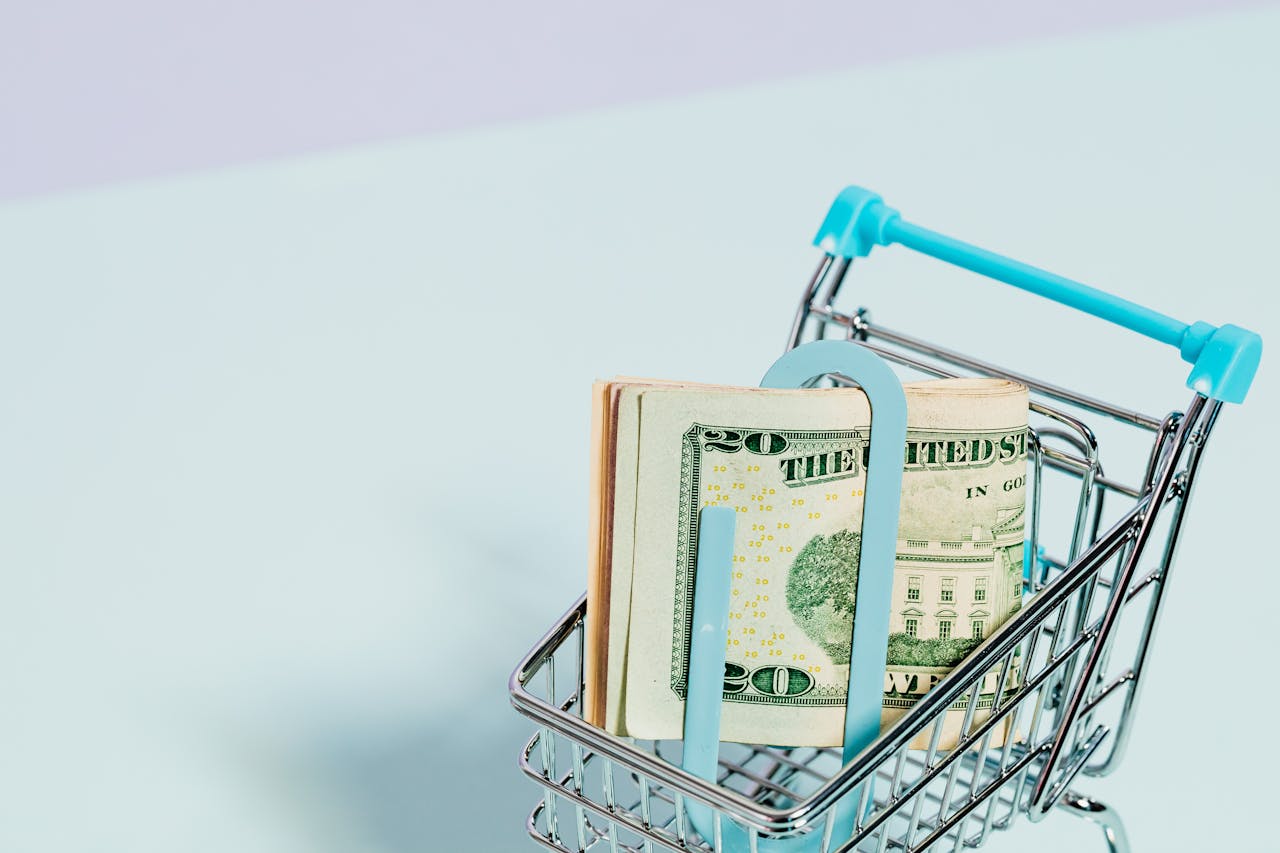
Another trick involves advertising unbranded or generic items at supposedly huge discounts. These products are usually cheap to begin with and don’t offer the same quality as branded alternatives. Black Friday is supposed to be about scoring deals on premium products, but often, retailers use it to push low-quality goods at slightly reduced prices, fooling consumers into thinking they’re getting a steal.
6. Products Made Exclusively for Black Friday

Some products you see on sale during Black Friday were specifically manufactured for the event. These items are often of lower quality than their regular counterparts and are made with cheaper materials to allow for deep discounts. This tactic is particularly common with electronics, such as TVs, where manufacturers create “Black Friday models” that look similar to standard models but lack certain features or quality components.
7. Inflating Prices Just Before Black Friday

One of the most frustrating tricks is when retailers inflate prices in the weeks leading up to Black Friday, only to “slash” them during the sale. This tactic creates the illusion of a great discount, when in reality, the product is being sold at or near its regular price. Tracking prices ahead of time using tools like price comparison websites or browser extensions can help you identify whether the Black Friday deal is genuine or not.
8. Bundling a Fairly Priced Product with an Overpriced One
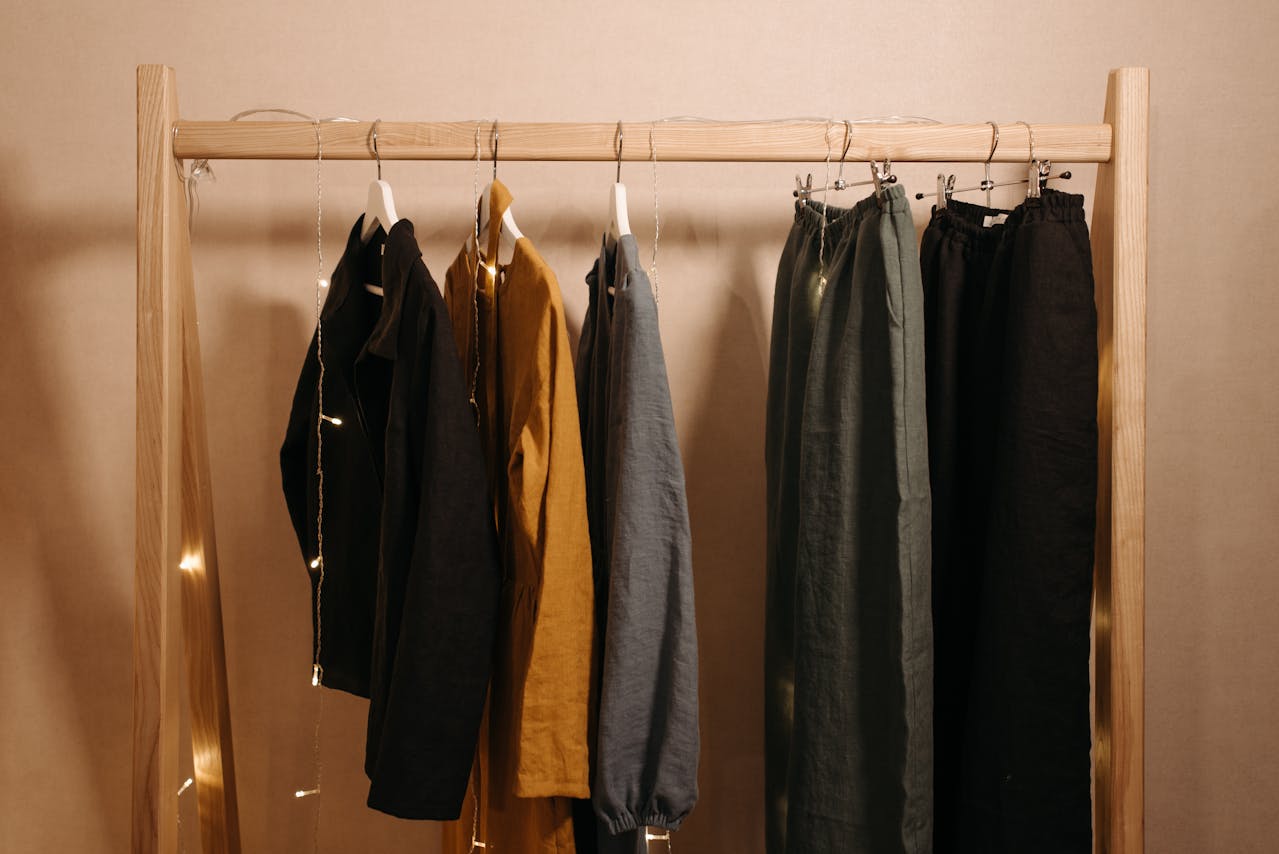
Retailers often bundle items during Black Friday, combining a decently priced product with one that’s marked up. For example, a moderately discounted laptop may come with an expensive accessory that isn’t truly discounted, driving up the overall cost of the bundle. While the bundle might seem like a good deal, you could be paying more than necessary for one of the items.
9. The Doorbuster Trick but No Actual Great Deals in Store
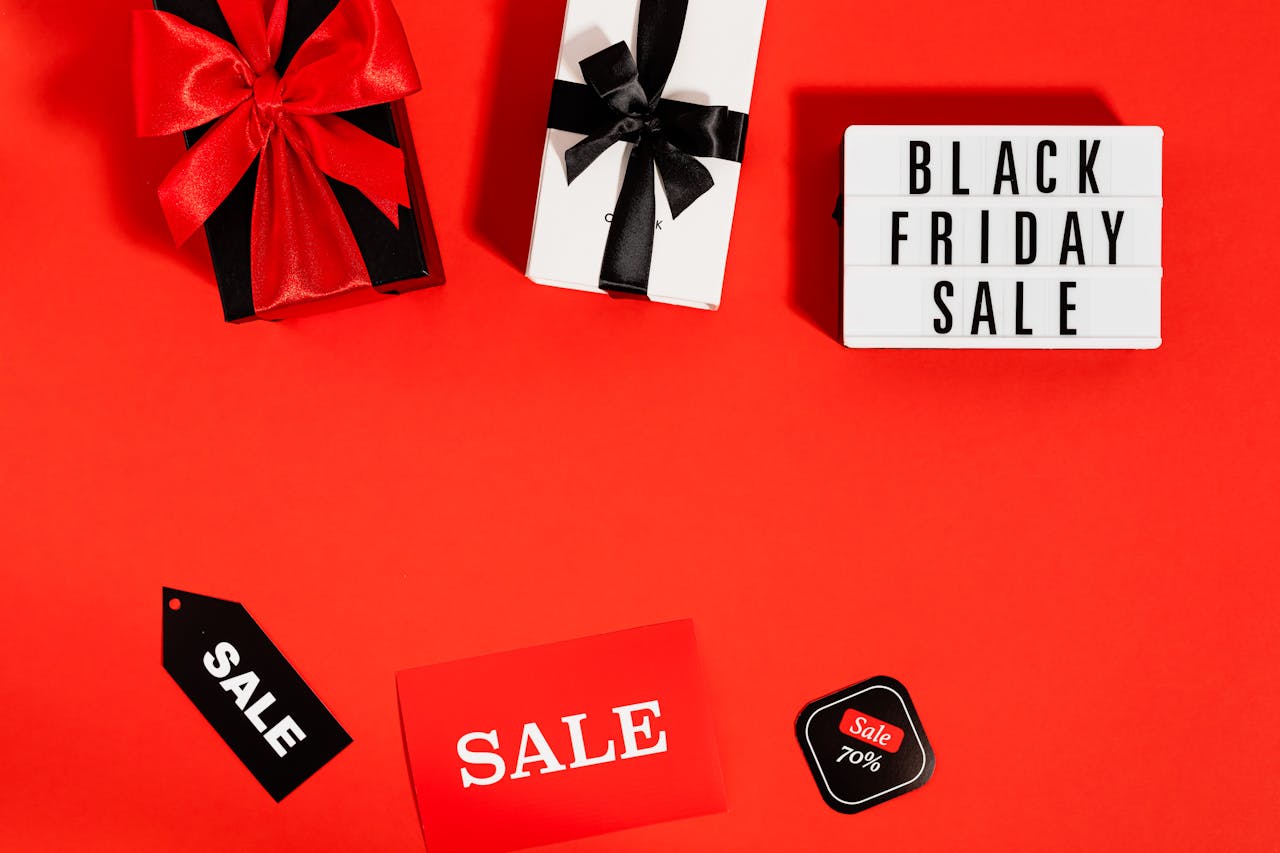
Doorbuster deals are meant to lure you into the store with the promise of jaw-dropping savings, but often, there are only a few units available, or the deal is extremely limited. Once you’re inside, you might find that the “amazing” doorbuster item is sold out, leaving you to browse and buy other, less discounted products. Retailers count on you sticking around and making impulse purchases once you’re already in the store.
10. Limited-Time Offers That Create a False Sense of Urgency
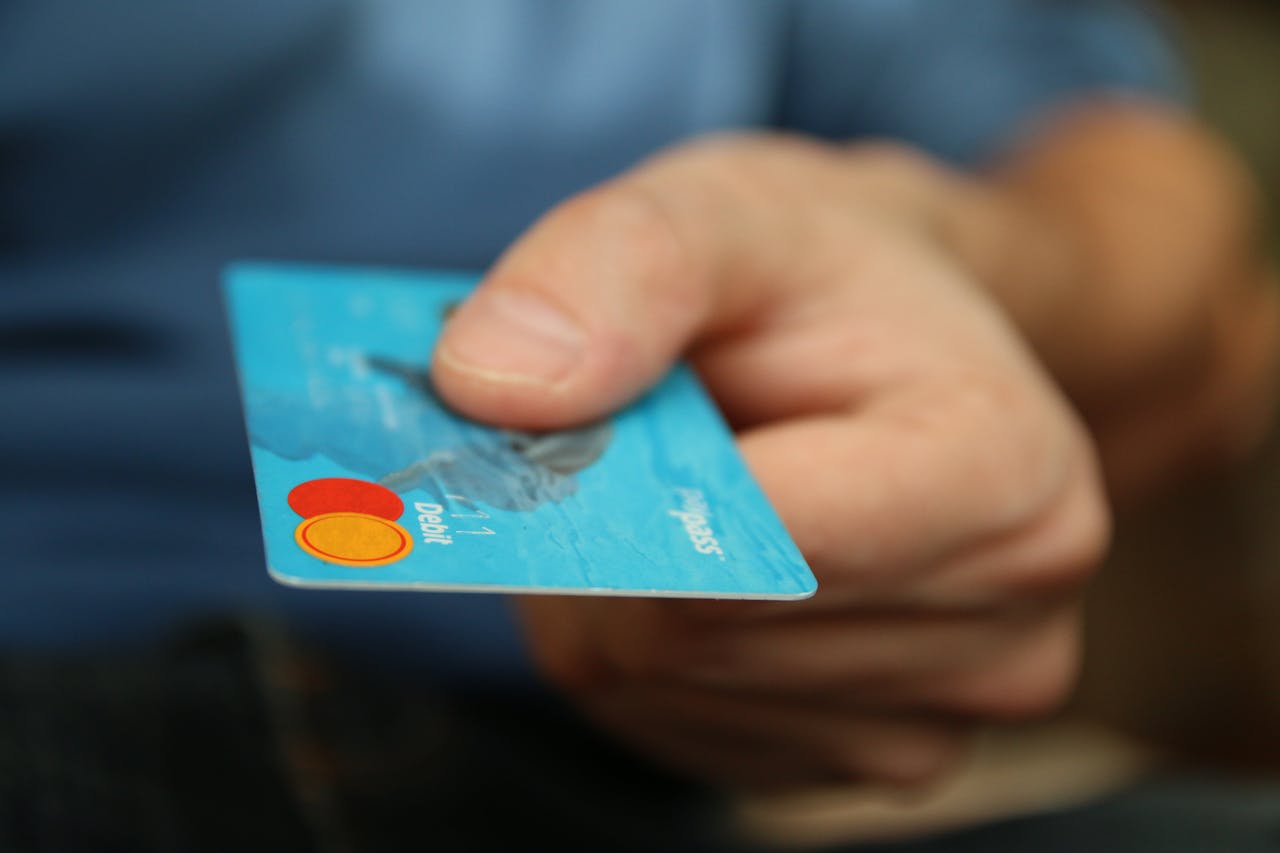
Black Friday is filled with countdowns, flashing timers, and “limited-time” offers designed to rush you into making a purchase. While some deals truly are time-sensitive, many are just using pressure tactics to make you feel like you need to act fast. Always compare prices and consider your options before pulling the trigger. The deal might not be as exclusive as it seems, and you could find the same price or better at another store.
11. Sign Up for Their Email Newsletter

Many retailers offer exclusive discounts if you sign up for their email newsletter. While this may seem like a simple way to get additional savings, these discounts are often minimal or available to all shoppers eventually. Plus, signing up may flood your inbox with promotional emails, and unsubscribing can sometimes be tricky. Always weigh whether the savings are worth the potential annoyance of frequent marketing messages.
12. Deals Available to Members Only

Retailers often create “members-only” deals to make customers feel like they’re getting exclusive access to special discounts. In reality, signing up for membership programs can come with hidden costs like membership fees or commitments. Additionally, the deals may not be significantly better than what’s available to the general public, and any savings could be negated by the costs of membership.
13. Spend More Money to Get a Better Deal

This tactic encourages shoppers to spend more than they planned by offering bigger discounts when certain spending thresholds are met. For example, you might get 10% off if you spend $100, but 20% off if you spend $200. While it sounds like a great deal, these offers often push consumers to buy items they don’t need just to qualify for the better discount. Make sure the additional purchases align with your actual needs before going for that bigger savings.
14. Instilling the Holiday Spirit of Giving

Retailers often tap into the holiday spirit by suggesting that Black Friday deals are perfect for buying gifts for others. This subtle emotional manipulation plays on feelings of generosity and may push you to overspend or purchase items you wouldn’t otherwise consider. While it’s nice to think of others during the holiday season, make sure you’re sticking to your budget and not buying things just because of the holiday messaging.
15. Giving Coupons for Shopping at a Later Date

Some retailers will offer enticing coupons as part of a Black Friday purchase, but these coupons are often only valid for future shopping trips. This tactic encourages repeat business, and while the deal may seem attractive, it could lead you to spend more money on things you don’t need later. Be sure to evaluate whether the coupon will really benefit you or just entice you to spend more.
16. Mail-In Rebates You’ll Probably Forget About

Retailers sometimes offer items at seemingly great discounts with the promise of a rebate, but the rebate process requires you to fill out forms, mail receipts, and wait for weeks or months for a check or refund. Many shoppers forget or neglect to follow through, meaning they never actually claim the rebate, effectively paying full price. If a deal hinges on a mail-in rebate, make sure you’re willing to put in the extra effort to claim your savings.
17. Long Return Window to Encourage Impulse Buys

Offering extended return windows might seem like a consumer-friendly move, but it can also encourage impulse purchases. Shoppers might feel like they can always return an item later if they regret buying it. However, the longer time frame may cause people to forget or procrastinate, ultimately leaving them stuck with items they didn’t need in the first place. Make sure any purchase is well thought out, regardless of how long the return window is.
Final Thoughts
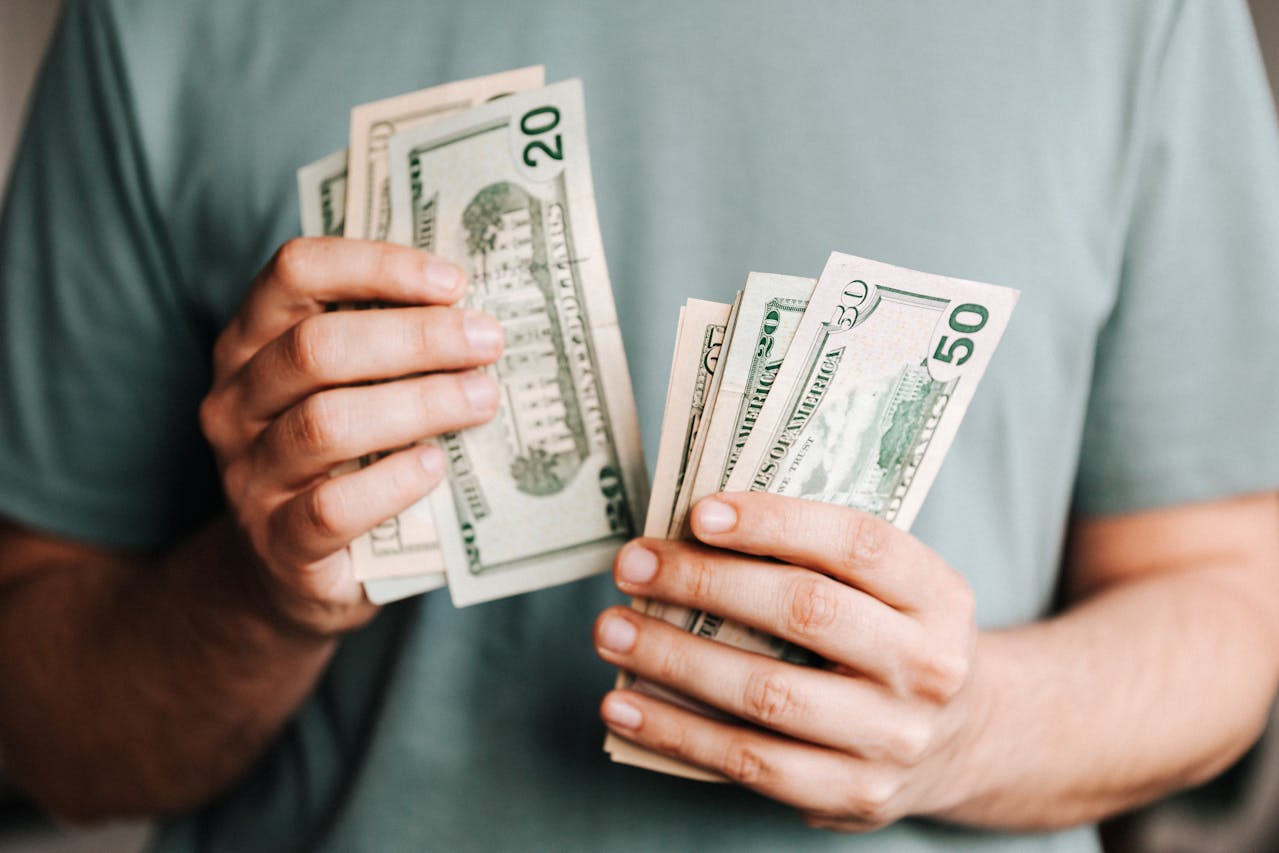
Retailers employ various psychological tactics during Black Friday, from appealing to the holiday spirit to offering future coupons and extended return windows. They also use strategies like rebates, which are often left unclaimed. Staying alert to these tricks can help you avoid unnecessary purchases and ensure that you’re truly getting the best deals, not just buying into a sales pitch.
Leave a Reply